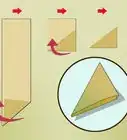This article was co-authored by wikiHow staff writer, Kyle Hall. Kyle Hall works on the content team at wikiHow. He helps manage our team of editors and creates content for a variety of wikiHow projects. Kyle continually looks for new ways to improve the content at wikiHow and make it more helpful and enjoyable for readers. He graduated from Eckerd College in 2015, where he majored in Political Science.
This article has been viewed 117,215 times.
Learn more...
Paddleball is a fun indoor paddle game that’s similar to racquetball. The goal of the game is to hit a ball with your paddle so it rebounds off a wall and back onto the court. Once you learn the rules and get comfortable with the paddle, playing paddleball is simple.
Steps
Getting Started
-
1Play with 2 or 4 players. In paddleball, you can only play with 2 players (singles) or 4 players (doubles). If you play doubles, split into 2 teams of 2. Otherwise, play against 1 other player.[1]
-
2Find a paddleball court to play on. A standard paddleball court is inside a 4-wall room that’s 40 feet (12 m) by 20 feet (6.1 m). The “front wall,” or the wall that the ball gets hit at, should be 20 feet (6.1 m) long and 20 feet (6.1 m) high.
- The court should have clearly marked lines on it. Midway between the front and back walls, there should be the “short line.” Then, 5 feet (1.5 m) in front of the short line there should be the “service line.” Finally, 5 feet (1.5 m) behind the short line there should be the “receiving line.”
- Check your local gym or recreational center to see if they have paddleball courts.
Advertisement -
3Pass out the paddles and flip a coin to see who goes first. Every player will need a wooden paddle designed specifically for paddleball. The player or team that wins the coin toss gets to choose whether they want to go first or second. Once they decide, give the player or team that’s going first the ball so they can serve.[2]
- Use a heavy rubber ball designed specifically for paddleball. When dropped from 6 feet (1.8 m), the ball should only bounce about 3.5 feet (1.1 m) in the air.
Serving the Ball
-
1Stand in the service zone when it’s your turn to serve. The service zone is the area between the service line and the short line. When serving, you must be completely within this zone. If you’re playing doubles, have your teammate stand inside the service zone with you with their back against one of the side walls.[3]
-
2Bounce the ball once and hit it with your paddle to serve it. You must bounce the ball within the service zone, and the ball can’t go above your head when it bounces. If the ball bounces more than once in the service zone, you serve-out and lose the serve. When you hit the ball with your paddle, you want to hit it at the front wall so it rebounds back over the short line without touching the floor. If it doesn’t rebound over the short line without touching the floor, you serve-out.[4]
- If the ball hits one of the side walls after it rebounds off the front wall, and it makes it over the short line without touching the floor, the serve is still good.
-
3Pass the serve to the other player or team if you serve-out. You only get one chance at a good serve before the ball gets passed to the other player or team. If you serve-out, move behind the receiving line and wait for the other player or team to serve. Besides bouncing the ball twice in the service zone and failing to rebound the ball over the short line, there are a few other ways you can serve-out:[5]
- If the ball hits the ceiling after it rebounds off the front wall.
- If the ball hits the back wall after it rebounds off the front wall and before it hits the floor.
- If the ball hits both side walls after it rebounds off the front wall and before it hits the floor.
Receiving the Ball
-
1Stand behind the receiving line when it’s not your serve. When you’re receiving the ball, you must stay behind the receiving line until the ball has rebounded off the front wall and crossed the short line.[6]
-
2Hit the ball once it’s over the short line before it bounces twice. If the server’s serve is good and the ball rebounds over the short line, you (or your teammate if you’re playing doubles) needs to hit the ball back to the front wall before it bounces twice. If the ball bounces twice, you lose the round. If you hit the ball and it rebounds off the front wall and across the short line, it’s now the server’s turn (and their teammates if you’re playing doubles) to receive the ball.[7]
-
3Prepare to receive the ball again if the other player or team hits it. If they successfully rebound the ball off the front wall and over the short line before it bounces twice, you’re now the receiver again. Play continues like this until a player or team fails to receive the ball. When a player or team fails to receive the ball, the serve goes to the player or team that didn’t serve that round.[8]
Scoring and Winning the Game
-
1Add a point to your score only when it was you or your team’s serve. Only the player or team that served has the chance to win a point for that round. The other player or team is just trying to prevent the server from winning a point.[9]
- For example, if you’re the receiver for a round and the server fails to receive the ball when you hit it to them, no one would get a point. Then it would be your turn to serve, and you’d have a chance to score a point.
-
2Award 1 point each time the serving player or team wins the round. You can only win 1 point at a time in paddleball. Whenever the serving player or team wins a round, they add 1 point to their total score.[10]
-
3Play until you or your opponent wins 21 points. Whoever reaches 21 points first wins the game. If you want to play another game, both players or teams start at 0 points again.[11]
Community Q&A
-
QuestionWhat type of shot would be good to use if my opponent is close to the net or wall and I want to hit over the opponent's head?
 Community AnswerA lob will hit the ball overhead so your opponent has to run back to get it.
Community AnswerA lob will hit the ball overhead so your opponent has to run back to get it. -
QuestionWhat type of shot would be good to use if my opponent is close to the net or wall, and I want to hit it over them?
 Haley CadarettCommunity AnswerA good shot would be the kick serve. A kick serve is where you hit a certain amount of topspin by hitting the ball upwards and snapping your wrist. The ball then travels high over the net and drops into the service box.
Haley CadarettCommunity AnswerA good shot would be the kick serve. A kick serve is where you hit a certain amount of topspin by hitting the ball upwards and snapping your wrist. The ball then travels high over the net and drops into the service box.
Things You’ll Need
- Paddleball court
- Paddles
- Ball
References
- ↑ http://npa.paddleball.org/the-game/how-to-play/
- ↑ http://npa.paddleball.org/wp-content/uploads/2017/11/NPA-RULES-DECEMBER-2016-2.pdf
- ↑ https://www.youtube.com/watch?v=BDZF9yw6wfU&feature=youtu.be
- ↑ http://npa.paddleball.org/the-game/how-to-play/
- ↑ http://npa.paddleball.org/the-game/how-to-play/
- ↑ https://www.youtube.com/watch?v=BDZF9yw6wfU&feature=youtu.be
- ↑ http://npa.paddleball.org/wp-content/uploads/2017/11/NPA-RULES-DECEMBER-2016-2.pdf
- ↑ http://npa.paddleball.org/wp-content/uploads/2017/11/NPA-RULES-DECEMBER-2016-2.pdf
- ↑ http://npa.paddleball.org/wp-content/uploads/2017/11/NPA-RULES-DECEMBER-2016-2.pdf
About This Article
To play paddleball, find 1 opponent or play with 2 teams of 2. Serve the ball so it rebounds off the front wall on the paddleball court. Take turns with your opponent hitting the ball back to the front wall before it bounces twice on the court. If you miss the ball and it bounces twice, start the serve over and give a point to other player or team if it was their serve. Continue playing until a player or team reaches 21 points. To learn how to serve the ball, keep reading!
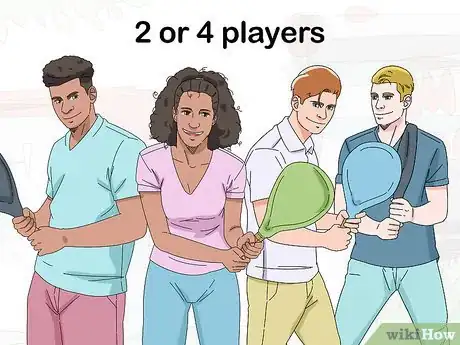

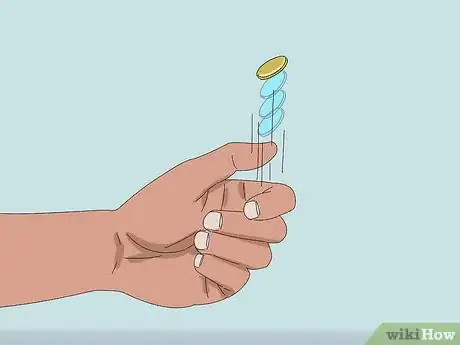
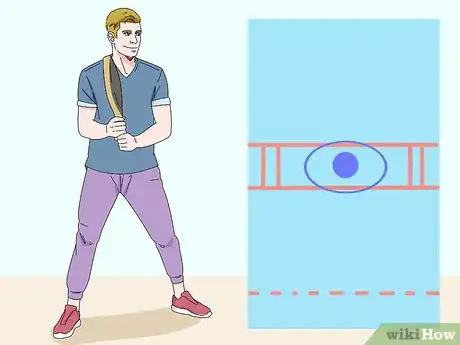

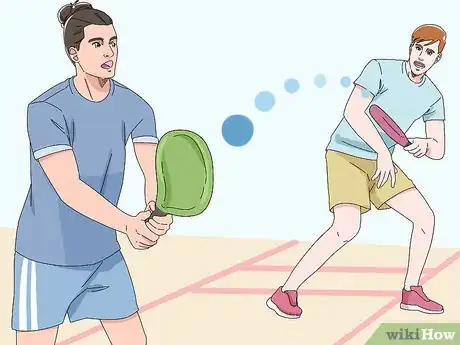


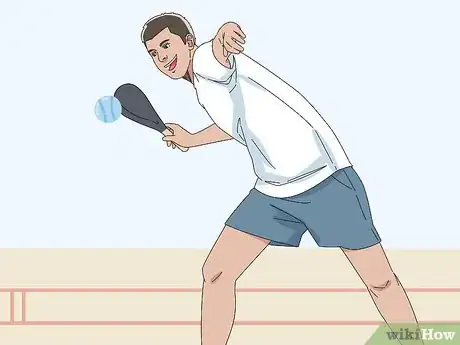
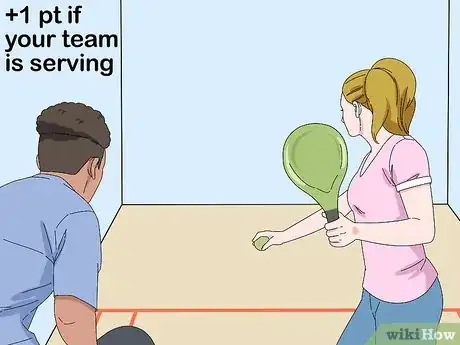
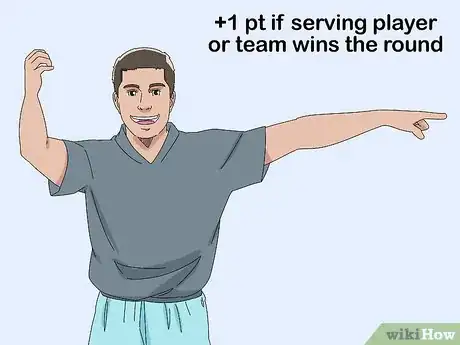
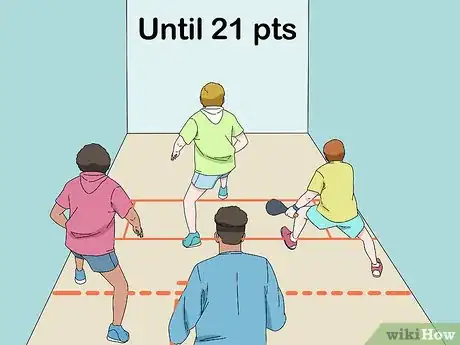

-Step-19-Version-4.webp)
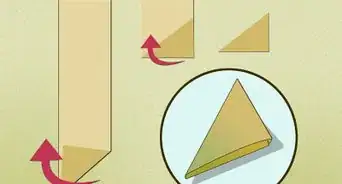

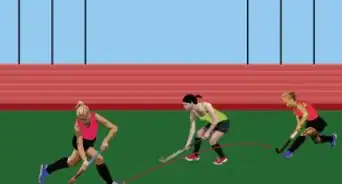
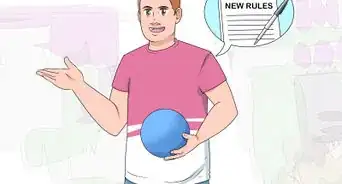
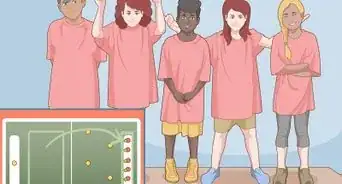
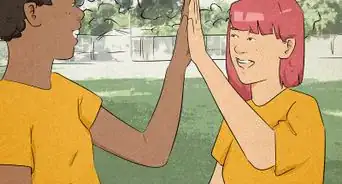
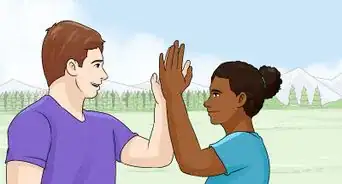

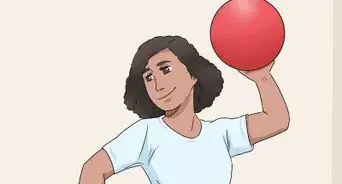
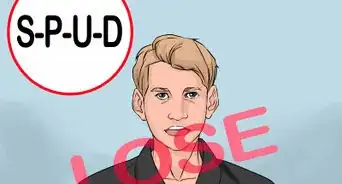
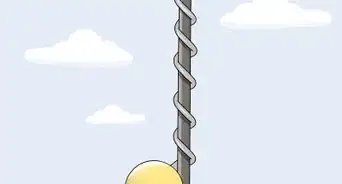
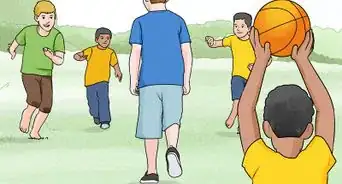







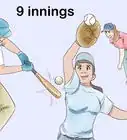
-Step-19-Version-4.webp)
